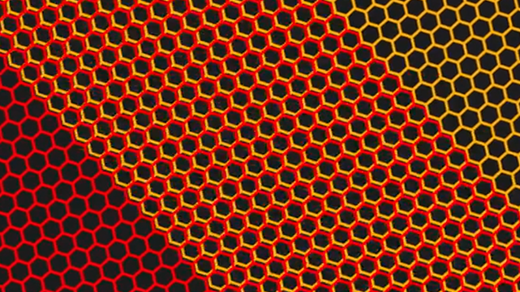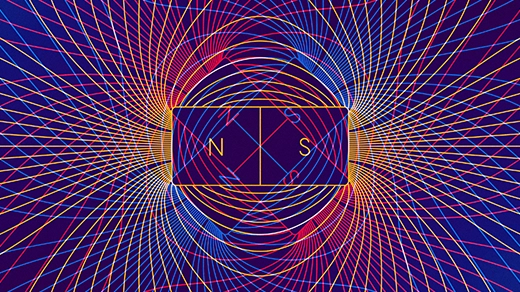What's up in
Superconductivity
Latest Articles
The Year in Physics
Physicists discovered strange supersolids, constructed new kinds of superconductors, and continued to make the case that the cosmos is far weirder than anyone suspected.
Exotic New Superconductors Delight and Confound
Three new species of superconductivity were spotted this year, illustrating the myriad ways electrons can join together to form a frictionless quantum soup.
Will Better Superconductors Transform the World?
Scientists are pursuing materials that can conduct electricity with perfect efficiency under ambient conditions. In this episode, the physicist Siddharth Shanker Saxena tells co-host Janna Levin about what makes this hunt so difficult and consequential.
New Kind of Magnetism Spotted in an Engineered Material
In an atomically thin stack of semiconductors, a mechanism unseen in any natural substance causes electrons’ spins to align.
Room-Temperature Superconductor Discovery Meets With Resistance
A paper in Nature reports the discovery of a superconductor that operates at room temperatures and near-room pressures. The claim has divided the research community.
High-Temperature Superconductivity Understood at Last
A new atomic-scale experiment all but settles the origin of the strong form of superconductivity seen in cuprate crystals, confirming a 35-year-old theory.
Physics Duo Finds Magic in Two Dimensions
In exploring a family of two-dimensional crystals, a husband-and-wife team is uncovering a potent variety of new electron behaviors.
Graphene Superconductors May Be Less Exotic Than Physicists Hoped
Superconductivity has been discovered in graphene devices without any twists, suggesting the form of superconductivity in the material might be mundane after all.
A New Twist Reveals Superconductivity’s Secrets
An unexpected superconductor was beginning to look like a fluke, but a new theory and a second discovery have revealed that emergent quasiparticles may be behind the effect.







![An illustration showing three stacked sheets of carbon atoms, each offset from the one below by half a lattice spacing.]](https://www.quantamagazine.org/wp-content/uploads/2021/06/Trilayer_Graphene_520x292.jpg)
